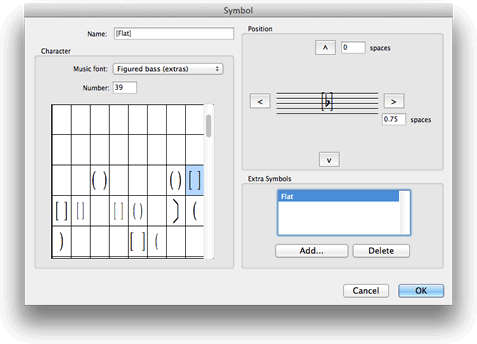


This means you can make a triplet out of other note values, as long as they also add up to three quavers overall. In 4/4 time, for example, a crotchet (quarter note) is worth two quavers (8ths), or three triplet quavers. Triplets don't always have to have three notes in them: the notes of the triplet just need to add up to three of whatever value there would normally be two of. We can split a minim (half note) up into three equal notes by writing triplet crotchets (quarter notes), for example:Ĭrotchets (quarter notes) don't have beams, of course, so we write crotchet triplets with a square bracket, with the number 3 in the middle of the longest line. Triplets don't always have to be quavers (8th notes) - we can make triplets out of notes of any length. Look and listen to this rhythm using triplets: To show a triplet, we write the notes as three quavers (8ths) beamed (joined) together, and we also write "3" on the beamed side of the notes. It can also be divided into four semiquavers (16th notes):īut, if we want to split the crotchet (quarter note) into three equal parts, we need to use a triplet. Your browser does not support the audio element. Remember that in 3/4 time, one crotchet (quarter note) beat can be divided into two quavers (8th notes): To look at how triplets work, we'll first look at a short rhythm in 3/4 time. Please note: triplets are introduced at grade 3 for Trinity candidates.Ī "triplet" is a group of three notes played in the time of two. Suitable for: ABRSM Grade 2 GCSE AP Music Theory Beginners


 0 kommentar(er)
0 kommentar(er)
